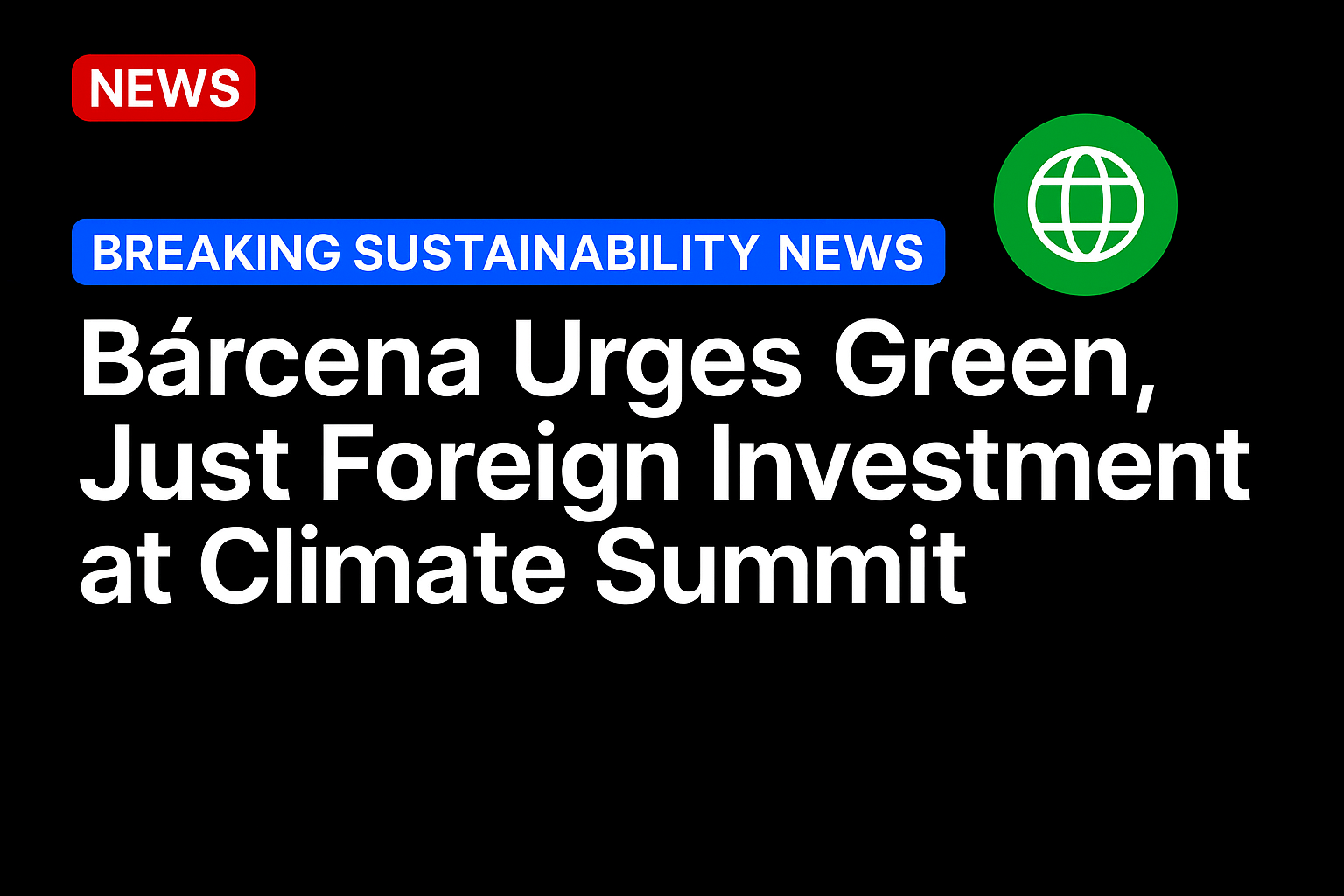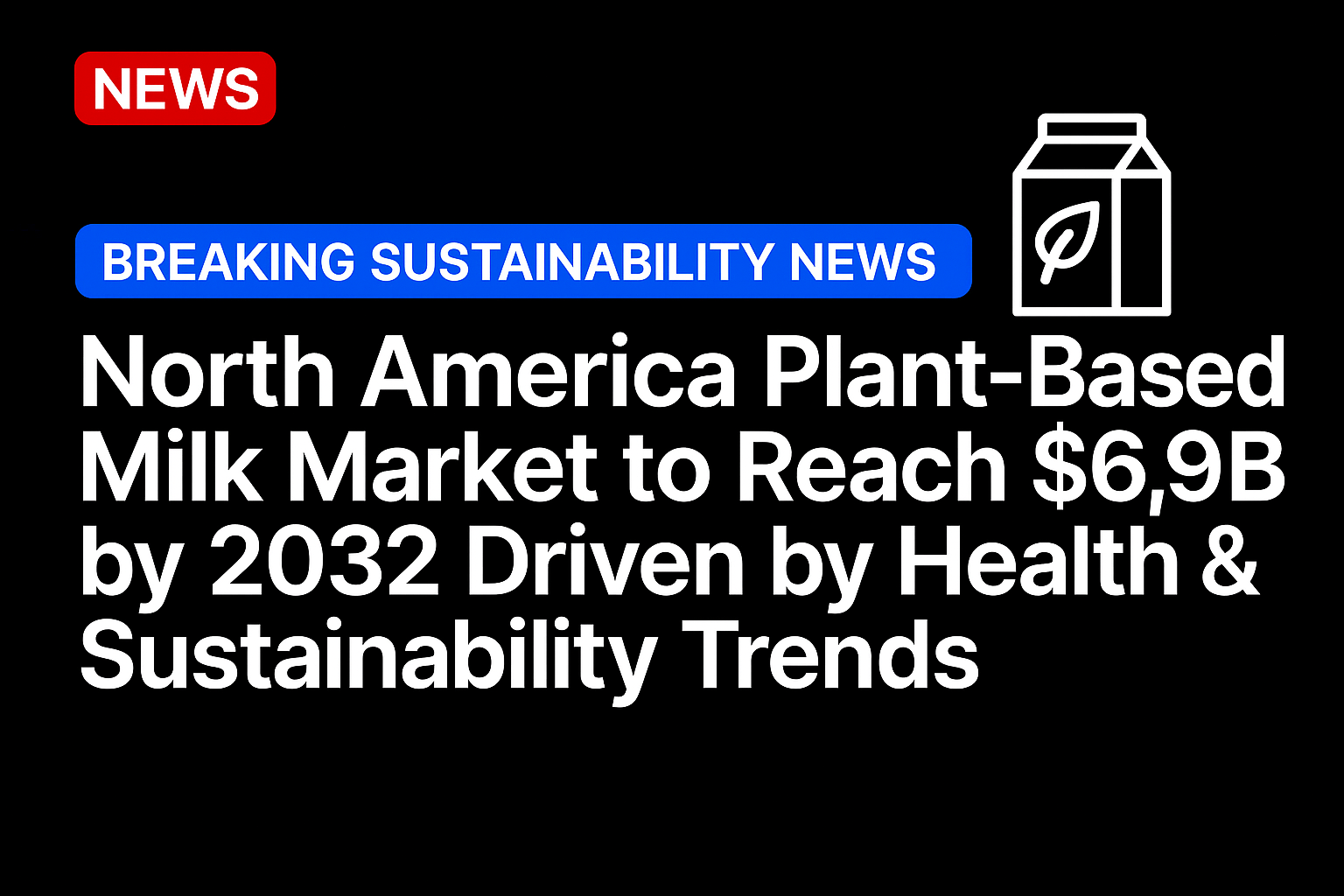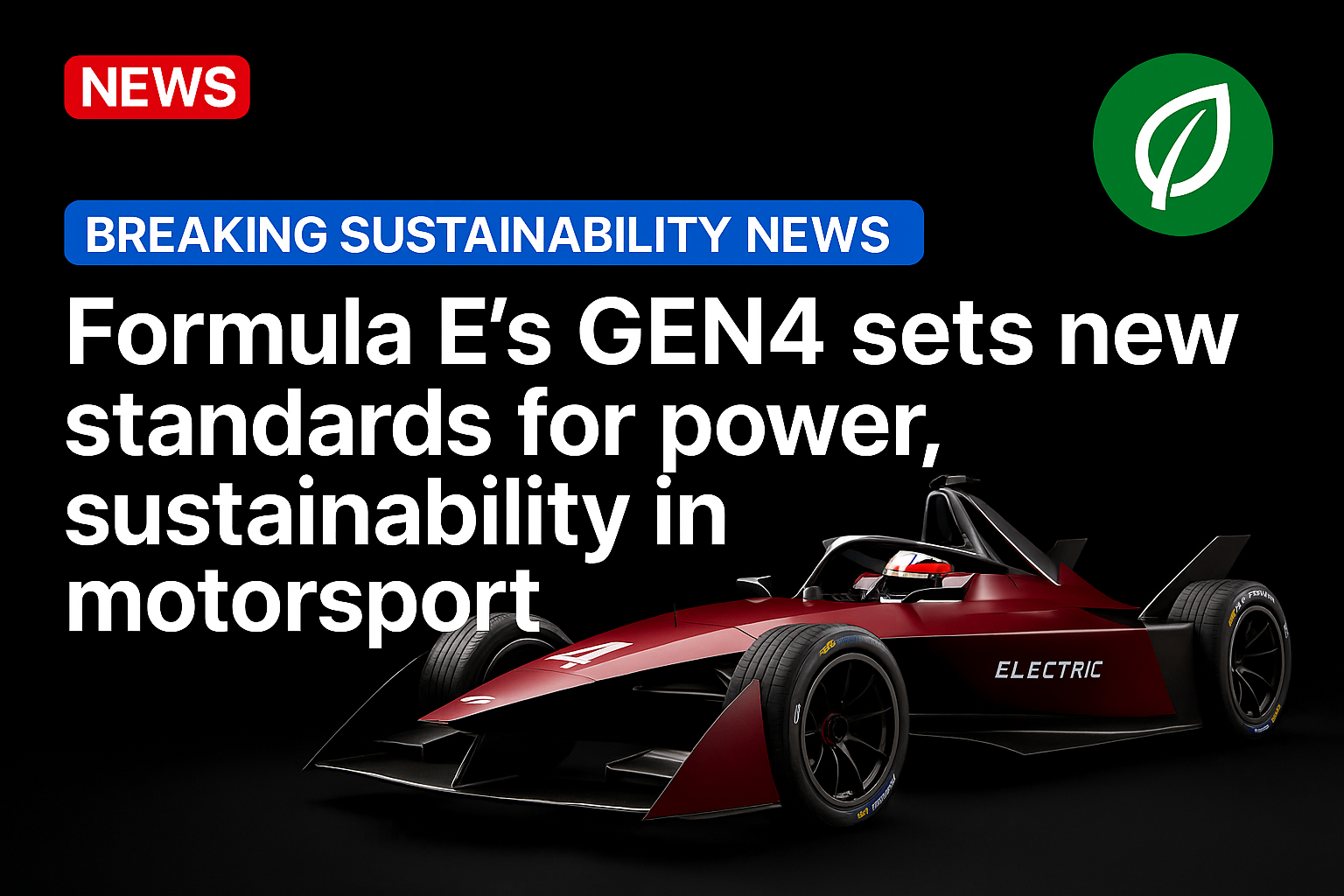Speaking on day two of the “Ministerial Reunion of Latin America and the Caribbean for the Implementation of Regional Climate Action,” Alicia Bárcena, Mexico’s Minister of Environment and Natural Resources (SEMARNAT), outlined the Sheinbaum administration’s environmental policies and priorities. She detailed Mexico’s updated Nationally Determined Contribution (NDC) and ongoing environmental protection initiatives, while also explaining SEMARNAT’s approach to the private sector. The meeting, held in Mexico City on Aug. 25-26, gathered representatives from 22 countries across the region to coordinate a unified climate agenda ahead of the COP30 summit.
Discussions focused on operationalizing regional initiatives such as the Baku to Belem Roadmap—adopted at COP29—which allocates US$1.3 trillion in climate financing for developing countries, and the Tropical Forests Forever Facility (TFFF), a proposed blended-finance mechanism to incentivize rainforest conservation. Delegates also worked on strengthening their NDCs, which outline measures to keep global warming 1.5°C below pre-industrial levels. This gave Mexican officials an opportunity to share progress on sustainability initiatives, including Mexico’s updated NDC 3.0, which will be officially presented ahead of COP30, scheduled for Nov. 10–21 in Belém, Brazil.
First Details on Mexico’s NDC 3.0
Bárcena said Mexico’s new plan will be far more ambitious than previous versions. NDC 2.0 pledged a 35% GHG emissions reduction by 2030, up from 22% in NDC 1.0, but enforcement was lacking. She announced that NDC 3.0 will set an absolute emissions cap rather than a percentage target, with binding compliance obligations. The target will also be unconditional, unlike NDC 2.0, which tied deeper cuts to external support.
Bárcena hinted that NDC 3.0 will include a carbon neutrality goal by 2050, marking a major policy shift. Mexico previously avoided long-term or net-zero targets, even as countries like Brazil, Costa Rica, Colombia, Chile, and Peru pledged carbon neutrality by mid-century. Even Argentina—whose president Javier Milei has dismissed man-made climate change and threatened to exit the Paris Agreement—has maintained its 2050 carbon neutrality pledge. Bárcena cited Suriname, which became carbon-negative in 2014, as a model to follow, also noting its alignment with a bold 1.0°C global warming goal.
Drafting NDC 3.0 has been a multi-agency effort led by President Claudia Sheinbaum and an Interministerial Commission including the Ministries of Energy, Agriculture, Education, Science and Technology, and Finance.
Complementary Environmental Initiatives
Bárcena also highlighted major complementary initiatives, starting with the Biocultural Corridor of the Great Mayan Forest (CBGSM) launched on Aug. 16 by Mexico, Guatemala, and Belize. The corridor designates 5.7 million hectares of forest for conservation, supporting 7,000 species, including 200 at-risk and 250 endemic species. Bárcena said Mexico will seek the CBGSM’s inclusion in the TFFF, a move welcomed by COP30 President André Corrêa do Lago.
She also spotlighted mangrove reforestation efforts, citing the Coastal Communities against Climate Change and Contamination (C-5) program, which works with fishing communities along the Caribbean coast to restore mangroves. Mexico joined the Mangrove Breakthrough in February, aiming to mobilize US$4 billion by 2030 to conserve and restore 15 million hectares of mangroves globally. Mangrove reforestation will be critical for Mexico’s environmental push, as mangroves store carbon at four times the rate of tropical forests and protect coasts from hurricanes. “Mangroves are the great protectors of the coasts,” Bárcena said.
She also reaffirmed Mexico’s commitment to reducing methane emissions, citing current output of 120,000 tons per day and stressing the need to “generate less methane and make circularity central to production processes.”
A New Vision for the Private Sector
Day two of the meeting emphasized public–private collaboration. Bárcena said the private sector has been involved in drafting NDC 3.0 in a “joint effort”, and achieving goals like net-zero by 2050 requires cooperation with the energy sector. She stressed that while Mexico is committed to the clean energy transition, it must also maintain energy self-sufficiency. Mexico is currently dependent on 6.25 Bcf/d of natural gas imports from the United States, representing 60% of its total energy needs.
Corrêa do Lago noted that both Mexico and Brazil face similar challenges: integrating new oil discoveries while accelerating the energy transition. He emphasized the need for a balanced regional strategy, involving producers, consumers, and workers in fossil fuel industries.
Bárcena also called for fairer relationships between mining companies and local communities, criticizing direct negotiations as “asymmetric” and pushing for joint agreements with the federal government on mine closure, cleanup, and remediation. Alongside Irene Vélez, former Colombian Minister of Mines and Energy, she proposed a regional summit on mining in Latin America to develop sustainable and unified policies.
Despite her critiques, Bárcena acknowledged the private sector’s key role in Mexico’s development: “It is not that we do not want foreign direct investment—on the contrary, we are fighting for it! But it must be fair, transparent, and environmentally friendly. We must put life above capital.”
Source: https://mexicobusiness.news/




